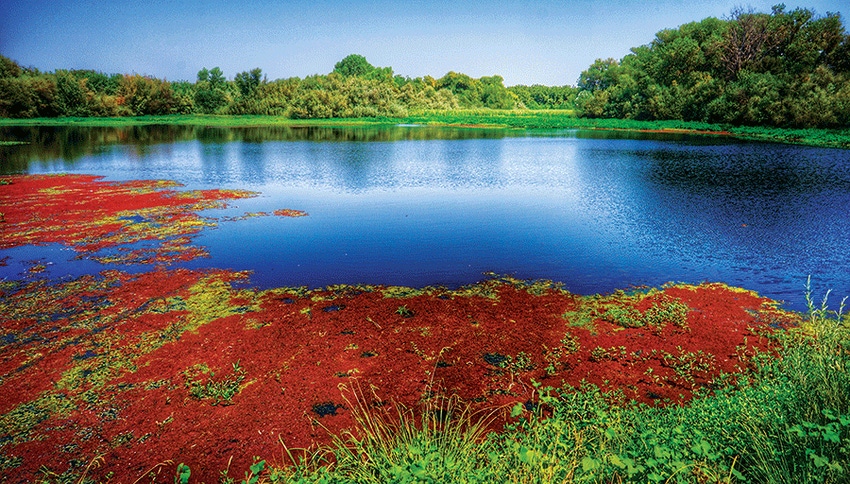
The Almond Board of California is joining a chorus of agricultural groups arguing that the California Water Resources Control Board proposal to redirect flows in three California rivers threatens farms and the communities in which they operate.
The board plans a public hearing Aug. 21-22 in Sacramento on a plan to commit more water in the Stanislaus, Tuolumne, and Merced rivers to “unimpaired flows” intended to benefit salmon and other fish.
The plan “raises significant concerns for not only threatening the state’s agricultural abundance and local economies, but it also has implications for all Californians,” the Almond Board says on its website.
“As multi-generational farmers — many of whom live, work, and raise their families on the land — the California almond community is committed to careful stewardship of our natural resources,” the statement says. “Essential to growing food, water is the lifeblood of California, and a key component of responsible farming.”
The board asks water officials to consider that the state’s almond growers, who produce 80 percent of the world’s supply, have been “committed to the sustainable and efficient use of water.” Improvements in irrigation efficiency and production practices have reduced the amount of water needed to grow a pound of almonds by 33 percent over the past 20 years, according to a University of California study.
The board says the industry is committed to further improvements in keeping with the 2014 California Water Action Plan, including continued development of precision irrigation technologies and on-farm research of groundwater recharge in almond orchards.
BAY-DELTA PLAN UPDATE
State water regulators have been working for several years on an update to their Bay-Delta Plan, a management blueprint for the estuary that includes the San Francisco Bay and Sacramento-San Joaquin River Delta. The latest round of public comments lasted for six months and ended in March.
Water board officials have argued that more Delta outflow in the winter and spring improves species and habitat, by increasing the number of juvenile salmon that migrate out of the Delta in the spring. However, farm groups have argued the plan would effectively rescind water rights.
A coalition of more than 50 agricultural, water, and business organizations are encouraging water officials to renew efforts for voluntary agreements with affected water users.
The groups, led by the California Farm Bureau Federation, told the water board in a July 27 letter that the proposal violates the state constitution’s requirement that water be used reasonably, by taking water away from otherwise legal and beneficial uses.
Critics also note that the region’s water districts and state agencies have been in voluntary settlement discussions and that the process being proposed by the water board seriously threatens the ability for those negotiations to be voluntarily settled outside of court.
‘UNITED RESPONSE’
Among the tree nut industry-related organizations that signed the letter were Almond Alliance of California, American Pistachio Growers, and Western Agricultural Processors Association.
“This united response from groups representing farmers, ranchers, and urban and rural residents alike demonstrates the impact the water board’s proposal would have, and the need for the board to explore alternative methods that would help fish without the severe human cost of its current approach,” CFBF President Jamie Johansson says.
Assemblyman Adam Gray, D-Merced, is holding a rally at noon Aug. 20 on the steps of the state capitol to protest Phase 1 of the updated Bay-Delta Plan, which would require an average of 40 percent unimpaired flows along the Merced, Tuolumne, and Stanislaus rivers. Phase 2 of the plan involves the Sacramento River.
The Water Board hearing itself will begin at 9:30 a.m. Aug. 21 and 22 in the Coastal Hearing Room of the California Environmental Protection Agency headquarters building, 1001 I St., Sacramento. The hearing will be broadcast online.
For information about the hearing and the proposal, visit https://www.waterboards.ca.gov/
About the Author(s)
You May Also Like






